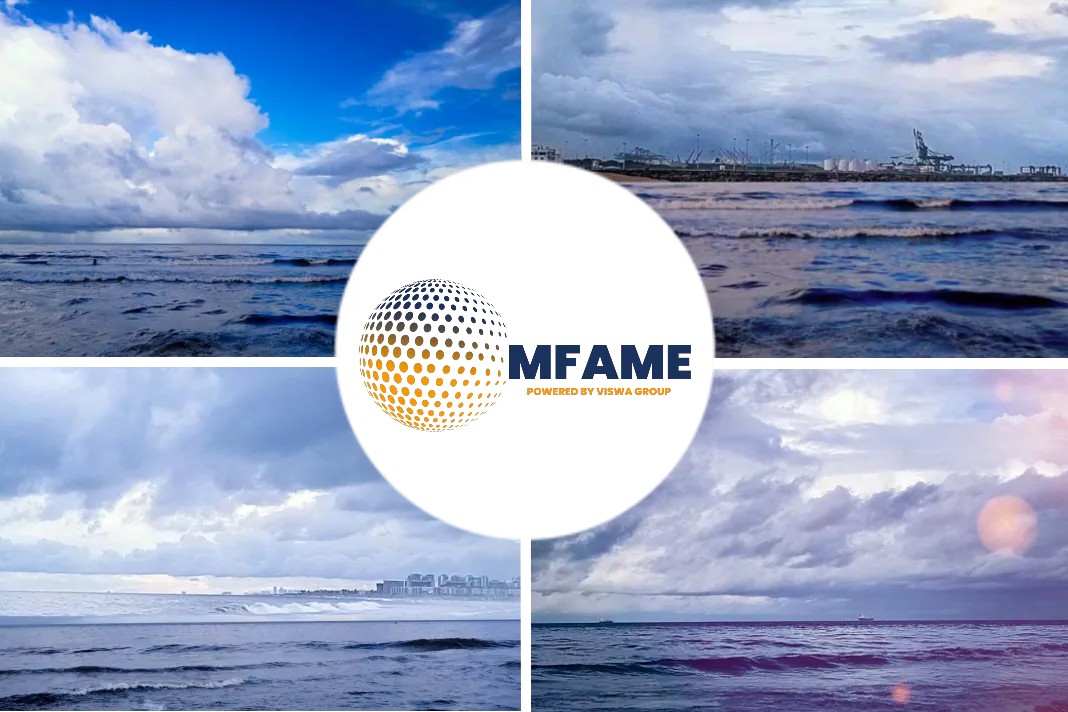
South Korea has officially handed over a new liquefied natural gas (LNG) bunkering vessel called the “Blue Whale.” The vessel, constructed at Hyundai Heavy Industries shipyard in Ulsan, is equipped with Korean-designed and constructed cargo storage systems known as the KC-2 tank design. The development of these technologies began in 2004 with the KC-1 system, but the KC-2 design is an upgraded version launched in 2017. The vessel, costing 55.3 billion won ($41.7 million), has the capacity to provide 7,500 cubic meters of LNG fuel directly to other ships, significantly more than what can be carried by a bunkering truck.
Long-term project
The construction of the “Blue Whale” LNG bunkering vessel is hailed as a significant achievement by South Korea’s shipbuilding industry, representing two decades of work on LNG storage solutions. Initially, two designs were developed: the Moss design, featuring independent spherical tanks, and the membrane-type tank system that utilized thin, flexible membranes supported by the hull structure. Despite the emergence of various ship and tank designs, including Korea Gas Corp.’s KC-1 system, which was limited to Korea, none gained widespread adoption. The KC-1 system has now been upgraded to the KC-2 system, which is utilized in the “Blue Whale.” The Moss design, introduced in 1971, became the first commercially adopted storage design, characterized by exposed spherical tanks on LNG carriers. However, the most prevalent membrane-tank systems have been developed by the French company Gaztransport and Technigaz (GTT), which licenses its highly successful tanks to shipyards.
Options
Liquefied natural gas (LNG) has traditionally been used as fuel for LNG carriers, ferries, and offshore support vessels. However, in recent years, LNG fuel has become increasingly popular in the shipbuilding industry as a preferred dual-fuel option for shipowners. Currently, there are 32 LNG bunkering vessels operating globally, with capacities ranging from 7,200 cubic meters to 9,200 cubic meters. Additionally, there are 16 more fuelling ships on order at shipyards. LNG bunkering services are available at nearly 90 terminals and ports worldwide, employing various methods such as quayside truck re-fuelling, ship-to-ship transfers, and barge-based transfers.
Did you subscribe to our newsletter?
It’s free! Click here to subscribe!
Source: LNG Journal





















